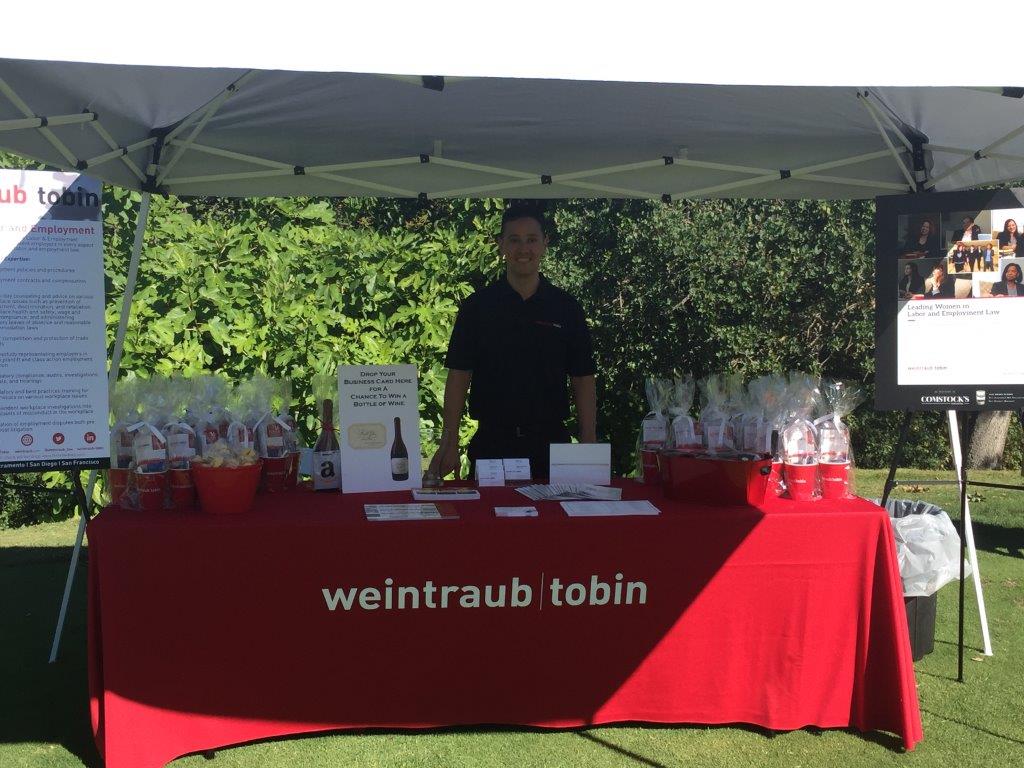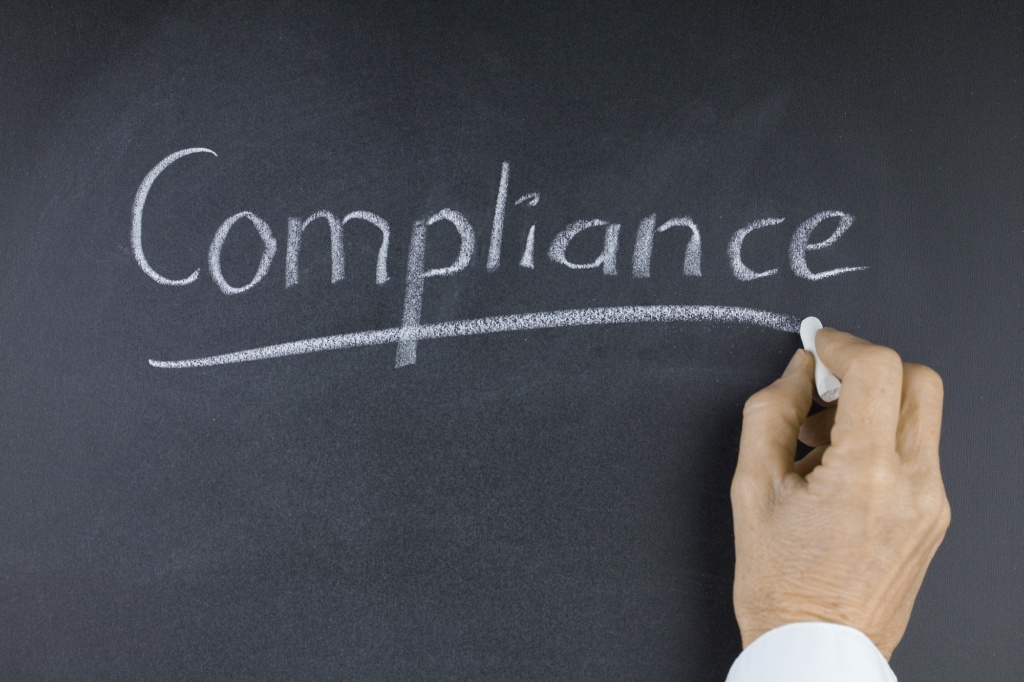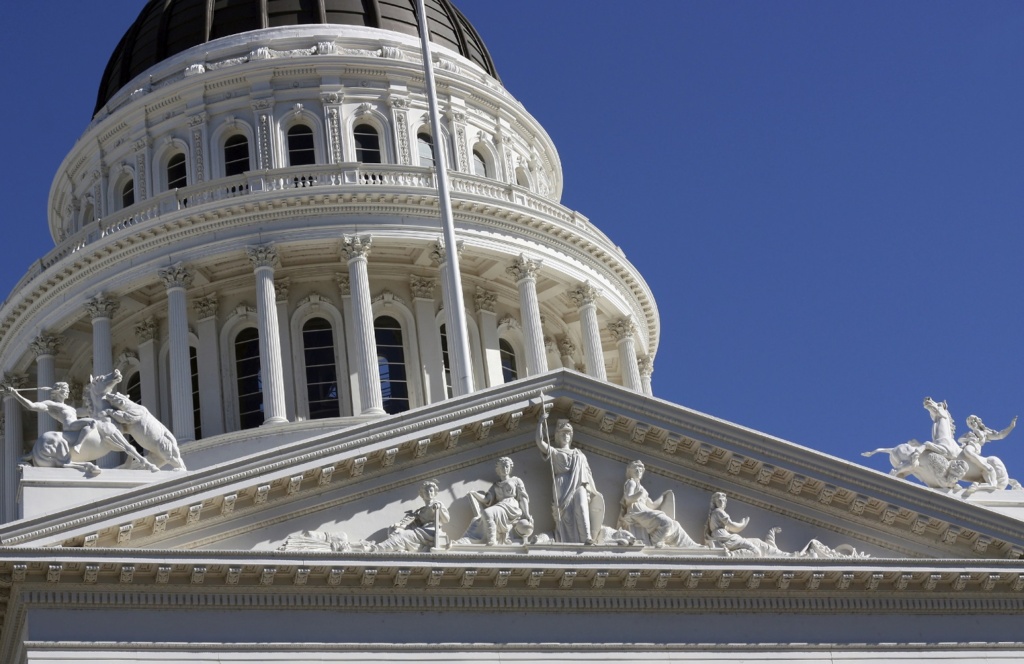Darrell White Appointed American Bar Association, Litigation Section Liaison to the Commission on Hispanic Legal Rights and Responsibilities
Published: July 20, 2016
Weintraub congratulates Darrell White in our Newport Beach office on his appointment to serve as the American Bar Association, Litigation Section Liaison to the Commission on Hispanic Legal Rights and Responsibilities. The Commission was created in 2010 to address the challenges and responsibilities facing Hispanics in and within the legal system of the United States. The ABA is one of the world’s largest voluntary professional organizations, with nearly 400,000 members and more than 3,500 entities. For more information on the Commission please click here.
Darrell is an associate at Weintraub Tobin, specializing in commercial litigation. Darrell has represented companies both small and large, from real estate to financial services industries, on complex litigation matters. He recently obtained dismissal of a regulatory action where Plaintiff sought $67.5 million from a national outdoor sporting goods company. Outside of the office, Darrell is an active Board Member with the Orange County Hispanic Bar Association where he currently serves as CFO.





